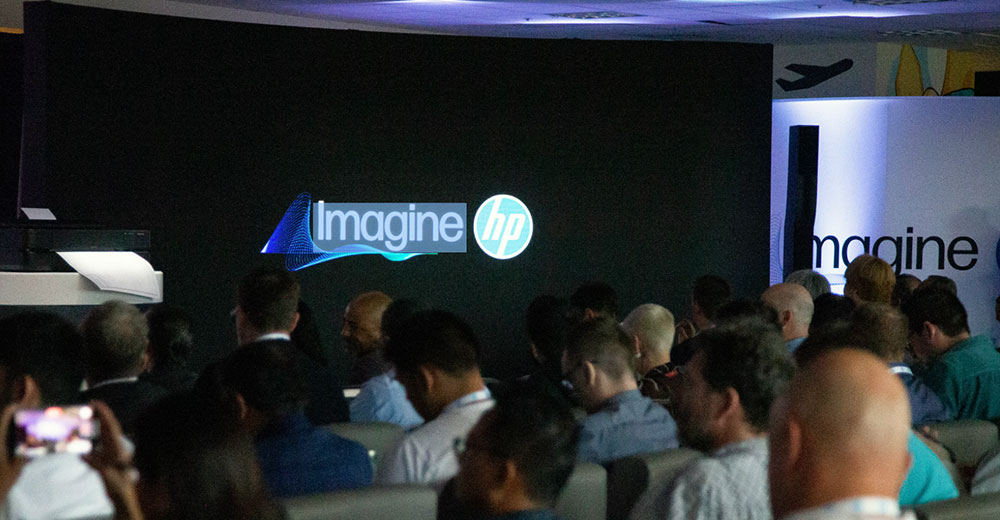
AI advancements over the past two years have been truly remarkable. Originally driven by Nvidia, Microsoft, and OpenAI, this wave has expanded rapidly, with very few companies left out of the AI rush.
As is common with emerging technologies, many vendors are pushing the message, “You must implement AI now!” Yet, most of them still lack in-depth experience or understanding of AI, contributing to a failure rate that’s approaching 90%.
HP stands out as an exception. The company has been proactively adopting and utilizing AI within its own operations. During HP’s Imagine event last month, the focus was on a more sustainable AI future—one not driven by AI deployment for its own sake, but by well-thought-out plans that leverage both HP’s internal resources and a strong network of partners to ensure the success of AI initiatives.
Let’s dive into HP’s distinct AI strategy, and I’ll wrap up with my Product of the Week: the first AI-powered HP Envy printers, which, thanks to AI, promise to handle your most complex printing tasks.
HP Hope Program Tackles Two Major Issues
At the HP Imagine event, the company introduced the HP Hope program, a two-pronged solution that addresses two significant problems. First, the program targets the large number of older PCs that are still functional but often end up in landfills. Second, it aims to provide affordable computers to individuals in underdeveloped areas who can’t afford new PCs.
The HP Hope Recycling Futures program gives customers the option to return their old HP PCs for refurbishment. These refurbished devices are then distributed to those in need, reducing the number of new machines purchased and minimizing e-waste. This isn’t a one-time initiative; the refurbished PCs are cycled through multiple generations of refurbishment, much like textbooks are reused in schools, ensuring that fewer PCs end up in landfills or recycling centers while still offering significant value.
As AI continues to be cloud-based, these refurbished PCs are well-suited for accessing cloud AI services and utilizing AI tools for tasks like remote monitoring, management, repairs, and protection via Wolf Security. Despite their age, these PCs show significant improvements in reliability, security, and availability—often outperforming new PCs that lack the comprehensive AI services HP offers.
3D Collaboration
HP and Google showcased their impressive Project Starline initiative. As someone who’s been fascinated by video communication since I first encountered a videoconferencing system at Disneyland in the 1960s, this development is particularly exciting.
A persistent challenge with videoconferencing, dating back to those early systems, is the unnatural feel of speaking to someone on a flat screen. The 2D representation reduces the realism of the interaction, often making in-person meetings feel necessary, especially for critical moments like job interviews, performance reviews, and important collaborations—whether personal or professional.
Project Starline overcomes this by creating a 3D image of the person you’re speaking to, allowing them to appear in front of you, extending out from the screen. It’s similar to the high-tech billboards where the image seems to leap off the display. While you can interact with the remote speaker—such as giving a high-five—the projection is not tangible, meaning you can’t actually feel their hand, and it disappears if you try to touch it.
This technology represents a new frontier in AI usage. I refer to it as “Remote Presence” because it makes the remote individual feel as though they are physically in the same room with you. It’s truly remarkable, and I believe this technology will eventually evolve to enhance digital assistants, making them appear more realistic without the need for robotic bodies.
HP Wolf Security’s Enhanced AI
HP is also closely monitoring AI’s role in malware attacks. While AI-driven attacks are not yet widespread, substantial testing is underway, showing that cybercriminals are still figuring out how to leverage these tools.
One concerning new tactic is the embedding of malware within SVG images on websites and in online content through XML. These attacks often deploy numerous scripts, infecting devices through four or more Trojan carriers. This “shotgun” method significantly raises the chances of a successful attack, allowing malicious actors to gain full control of a PC.
HP’s Wolf Security is being strengthened to combat these increasingly aggressive threats. However, with AI now being used to generate such attacks, the only effective defense will be one that employs equally powerful AI, combined with regular employee reminders to avoid clicking on suspicious image files.
Conclusion
At this year’s HP Imagine event, AI was at the forefront, but the most impactful development was HP’s strategy of collaborating with partners to help employees adopt these new tools. Often, users fail to fully embrace new technologies, leading to underutilization. HP’s focus is on rapidly upskilling employees so businesses can achieve the ROI that AI promises.
This approach sets HP apart from companies like Dell, which tend to throw products at the problem without ensuring successful implementation. HP’s method shows a more mature, focused approach that emphasizes benefits over simply selling hardware and software to a customer base still learning the full potential and limitations of AI.
What consistently stands out in events like this is HP’s unique dedication to its customers, the environment, and doing what’s right. I hope HP, unlike others, never loses sight of this.







